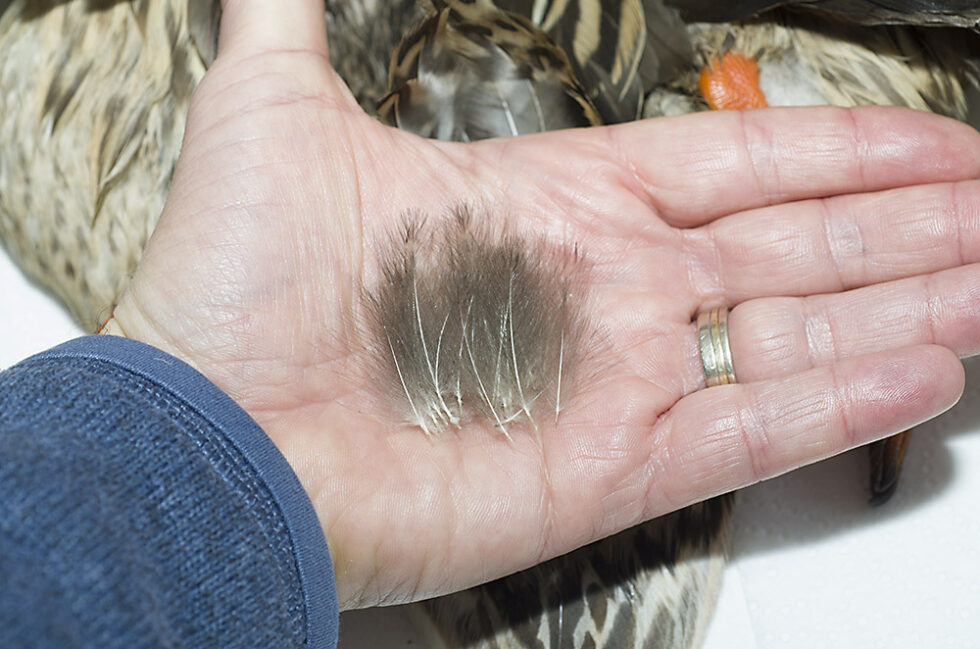
This is a simple article dedicated for beginners or for those who never used CDC feathers. I’m not an expert and all what I write is from my experience and for that please consider my point of view :).
I use all kind of CDC feathers for more than 20 years. I source these feathers from game birds like wild mallard ducks to domestic birds from peasant household.
A good and constant source of CDC represent duck and goose from small and big farms . If I’m looking for big feathers then genetic big ducks raised for foie grass are the best source. But the quality of the feathers are not the best and I will explain why latter in other article.
Another great option are Asian ducks raised in Vietnam, China and other countries where rice is widely used. These birds are raised to help farmers to maintain in good shape the rice crops and as a good source of meat. The quality of these feathers is very good because they swim a lot and feathers are well washed all the time. Breeds: Indian Running ducks, Khaki Campbell ducks and Mandarin ducks.
Where CDC feathers are located:
I take in consideration the common Mallard ducks which are easy to find in Europe. I received a few skins from a hunter and I was able to make a few photos to provide details about grease gland and where cdc feathers are.
In the first photos you see adult birds and the 2 skins (game birds). The common name is Mallard Duck and the latin name is Anas platyrhynchos, bellow you will see a female and a male.
The CDC feathers are situated near the tail. There is a special grease gland which can be spotted easily, you only need to set aside the feathers and look for the fat gland.
The same situation is with mallard male:
Practically you will find around 10-15 nice feathers. The rest of them are small and very small.
If you have a friend which is hunter I strongly advice you to offer him a couple of beers for these CDC. In my opinion is the best CDC you can find because the grey shades suits perfectly for our river flies.
Other similar articles:

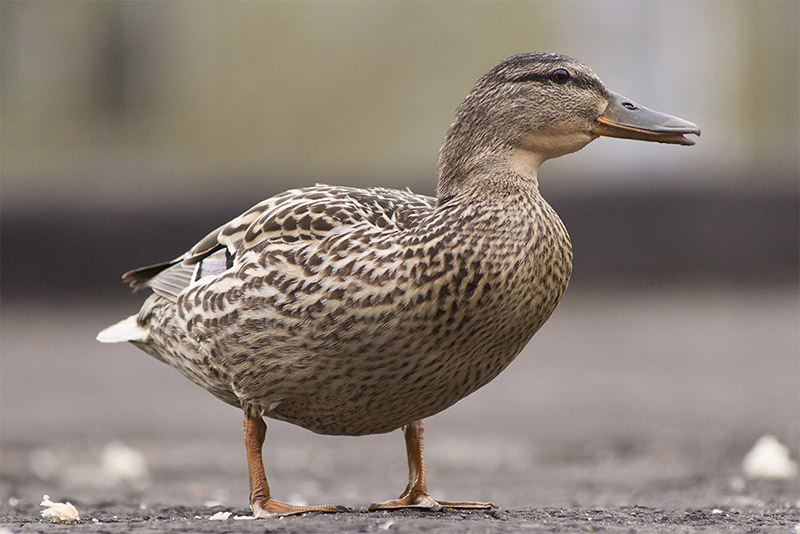
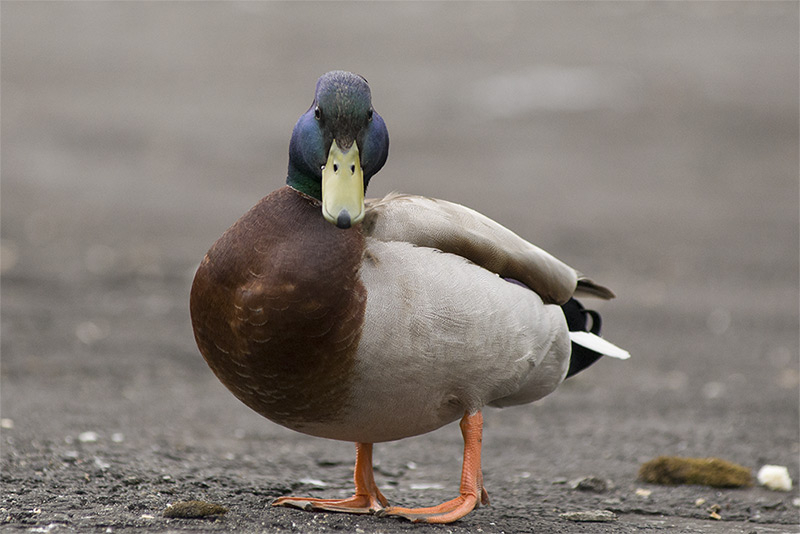
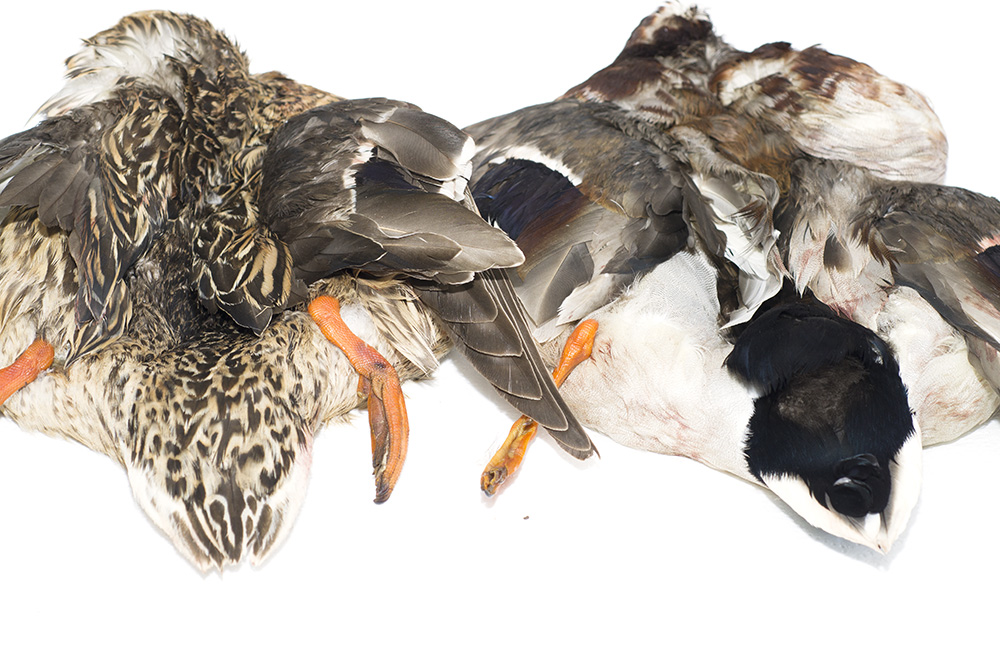
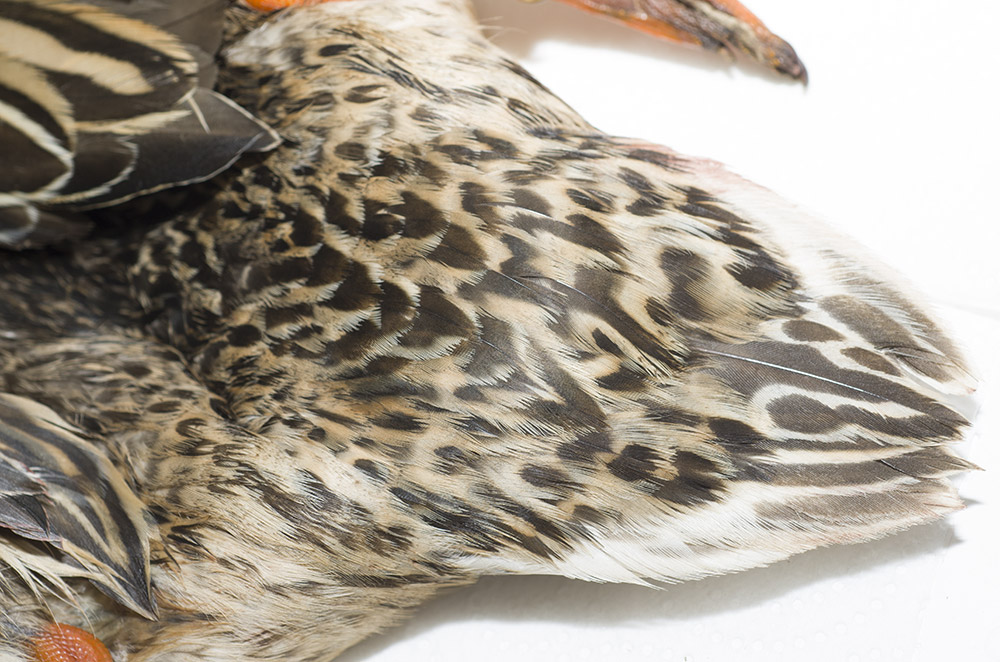
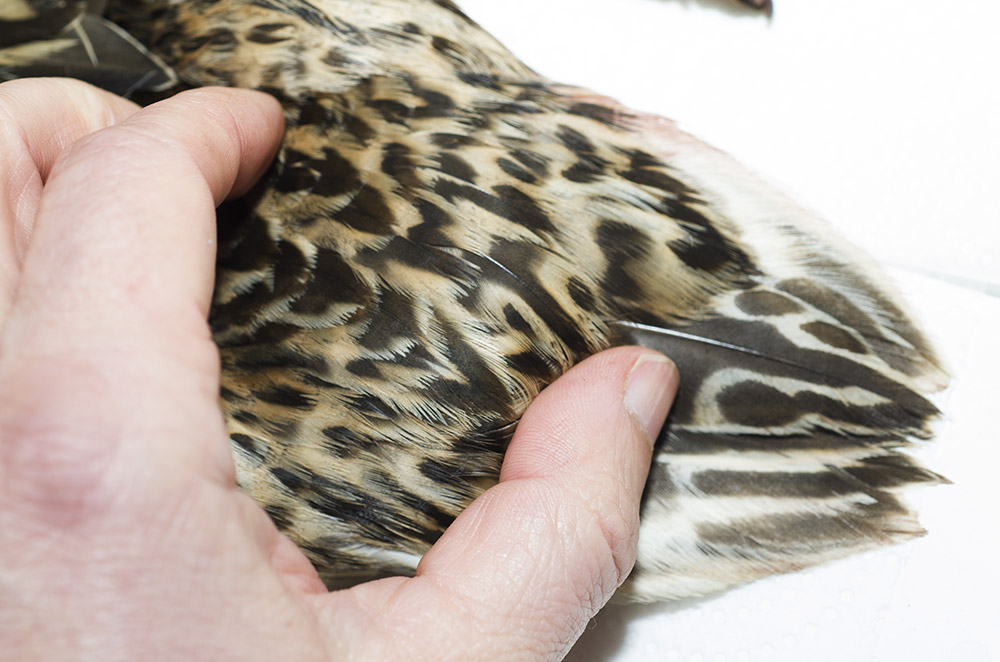
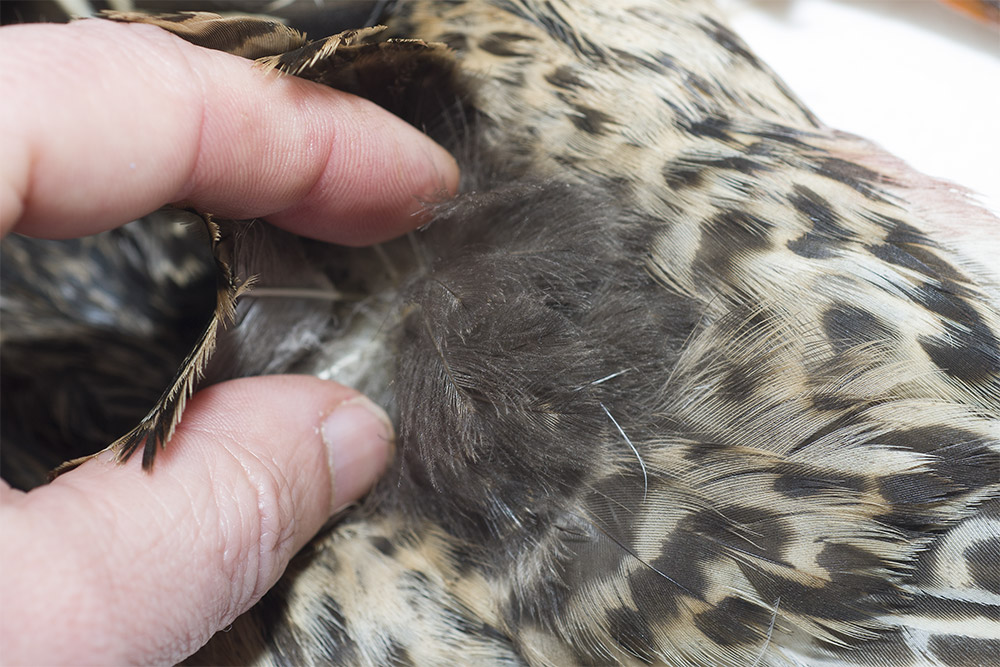
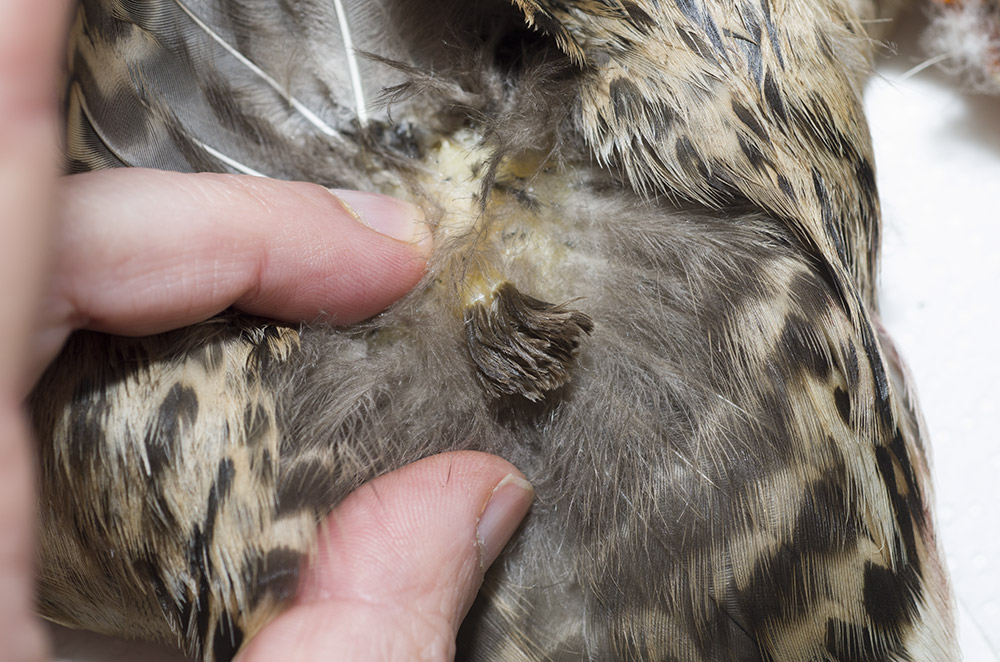
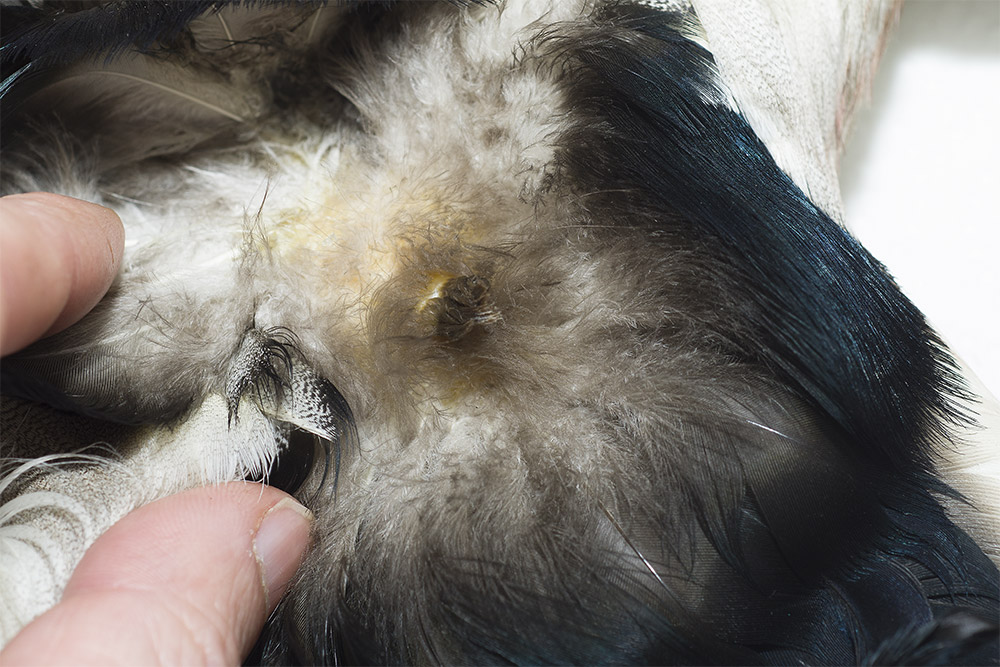
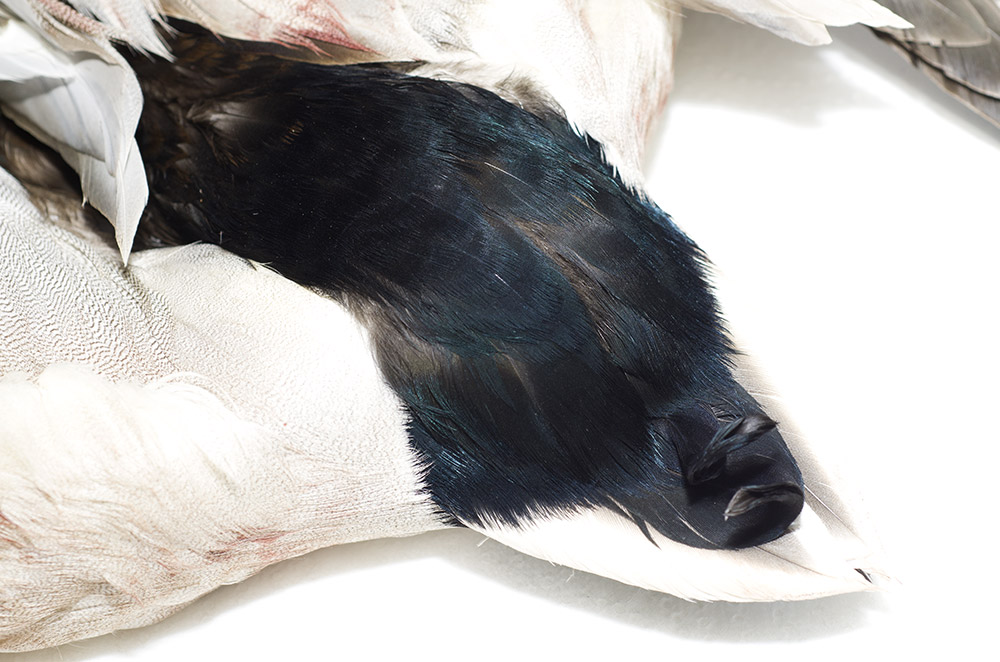
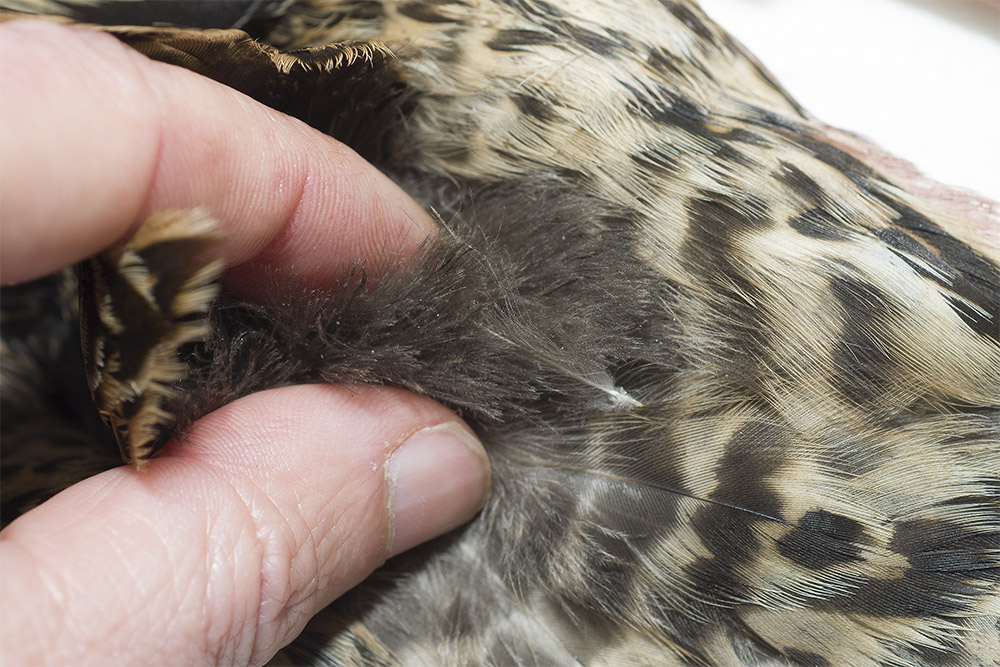
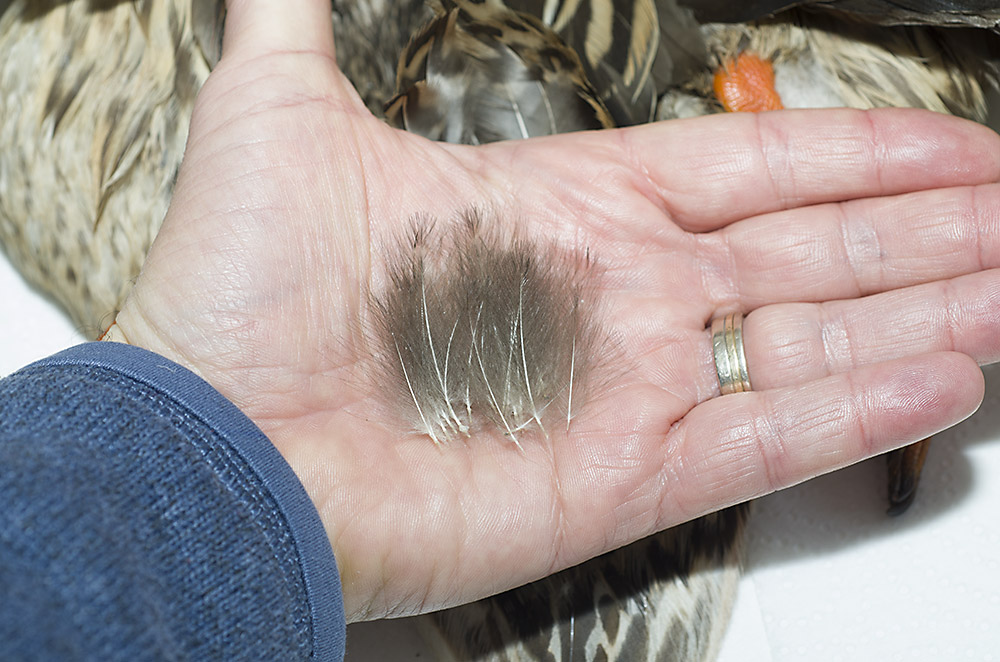
Leave a Reply